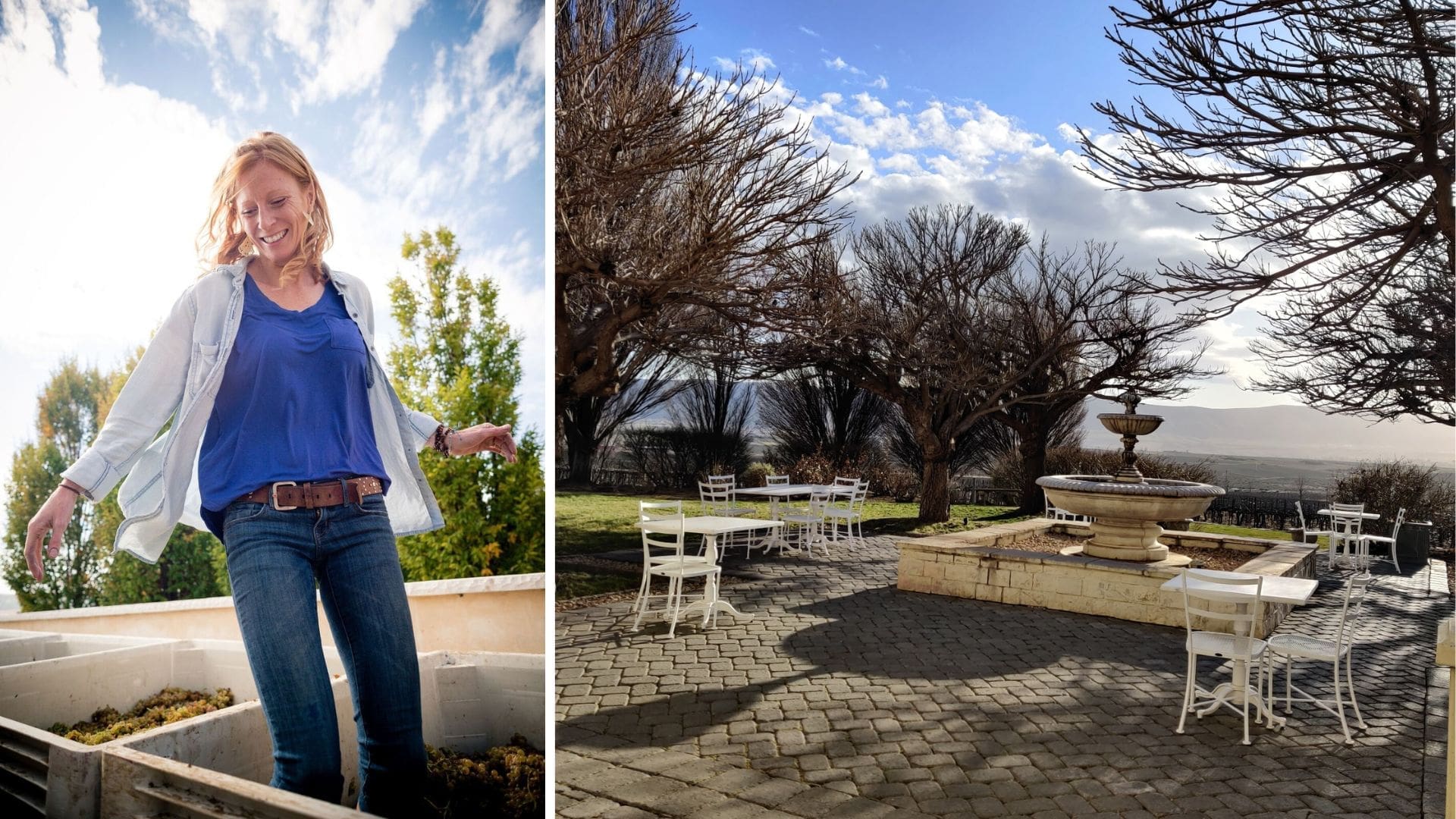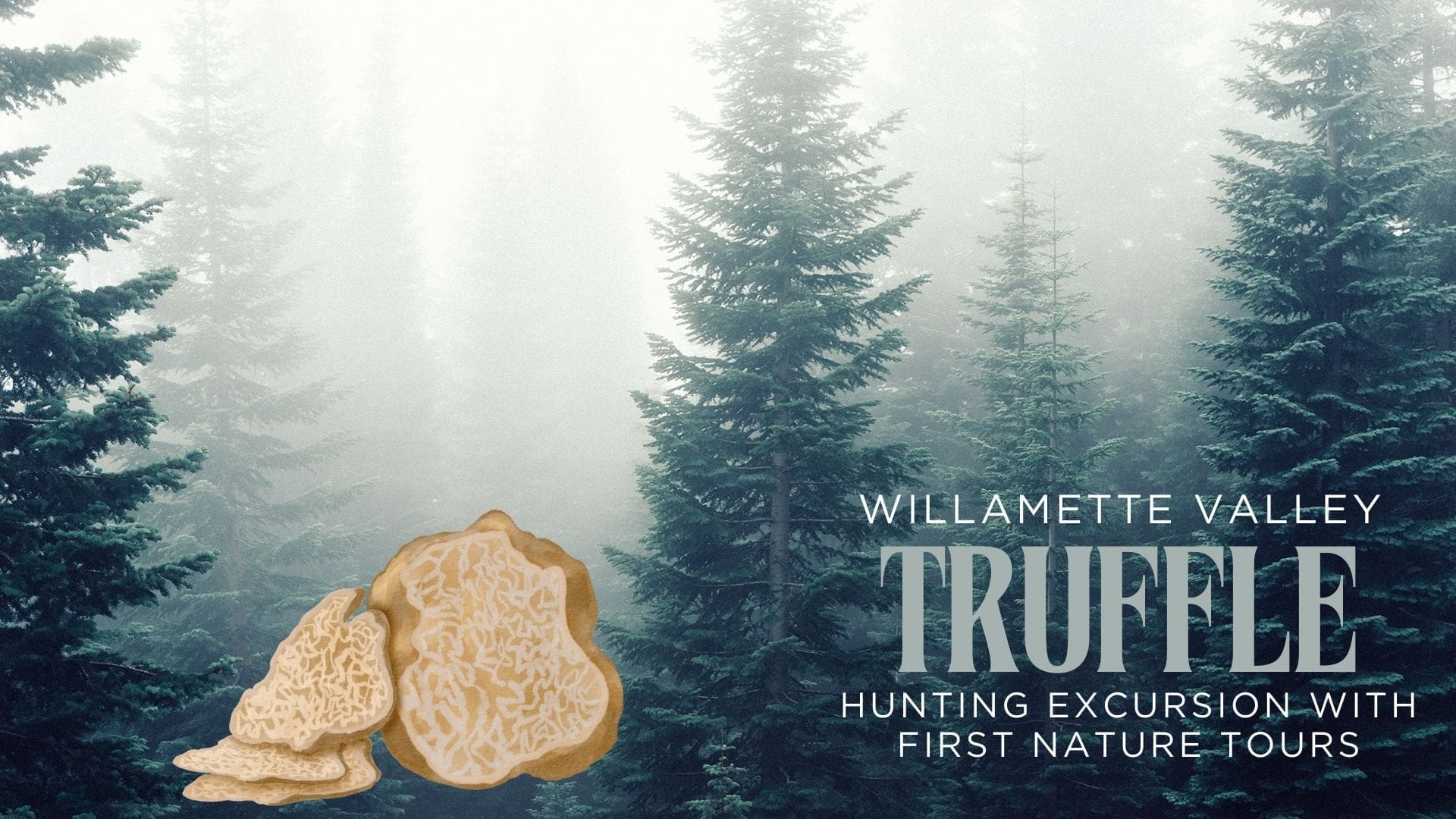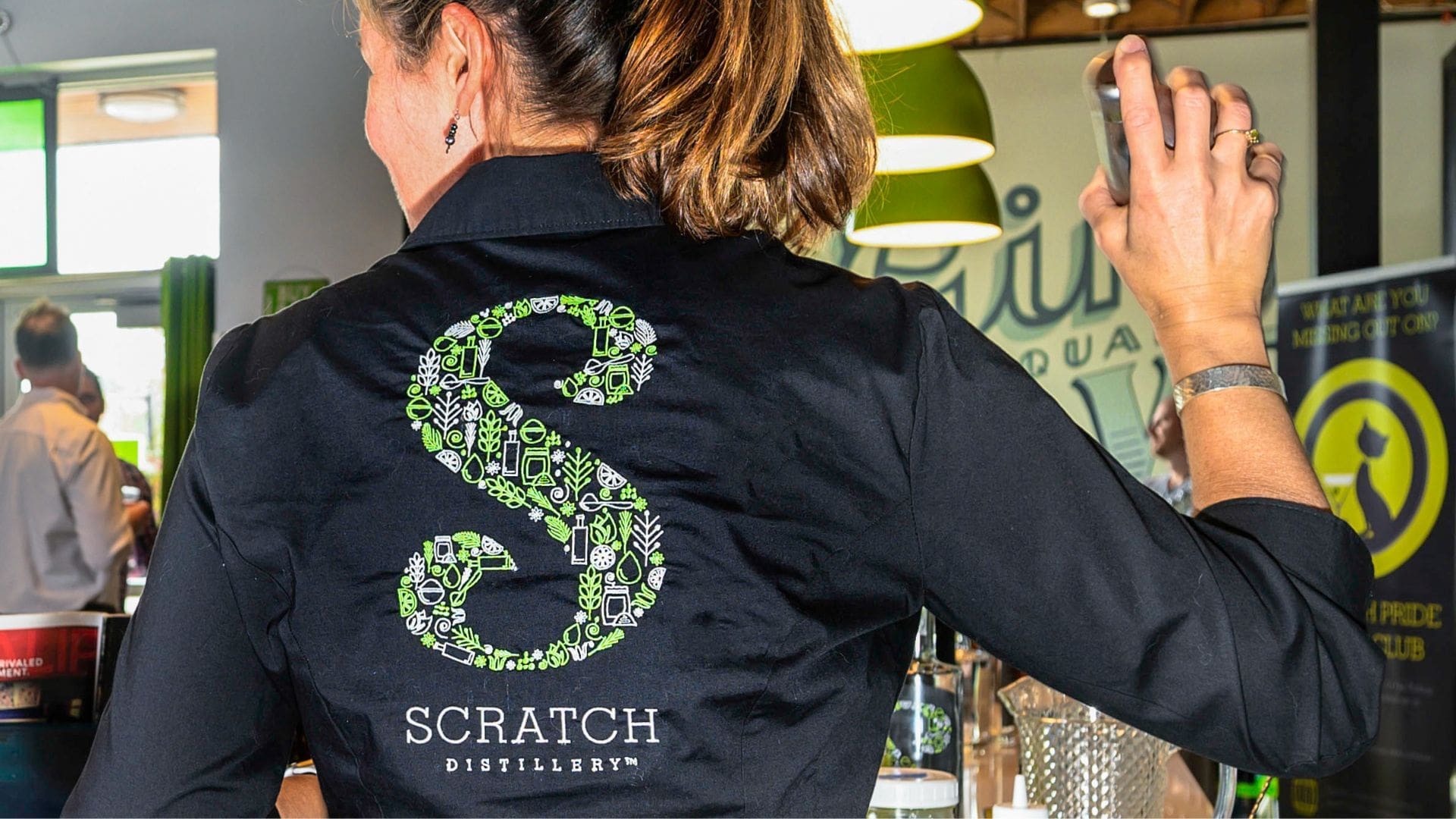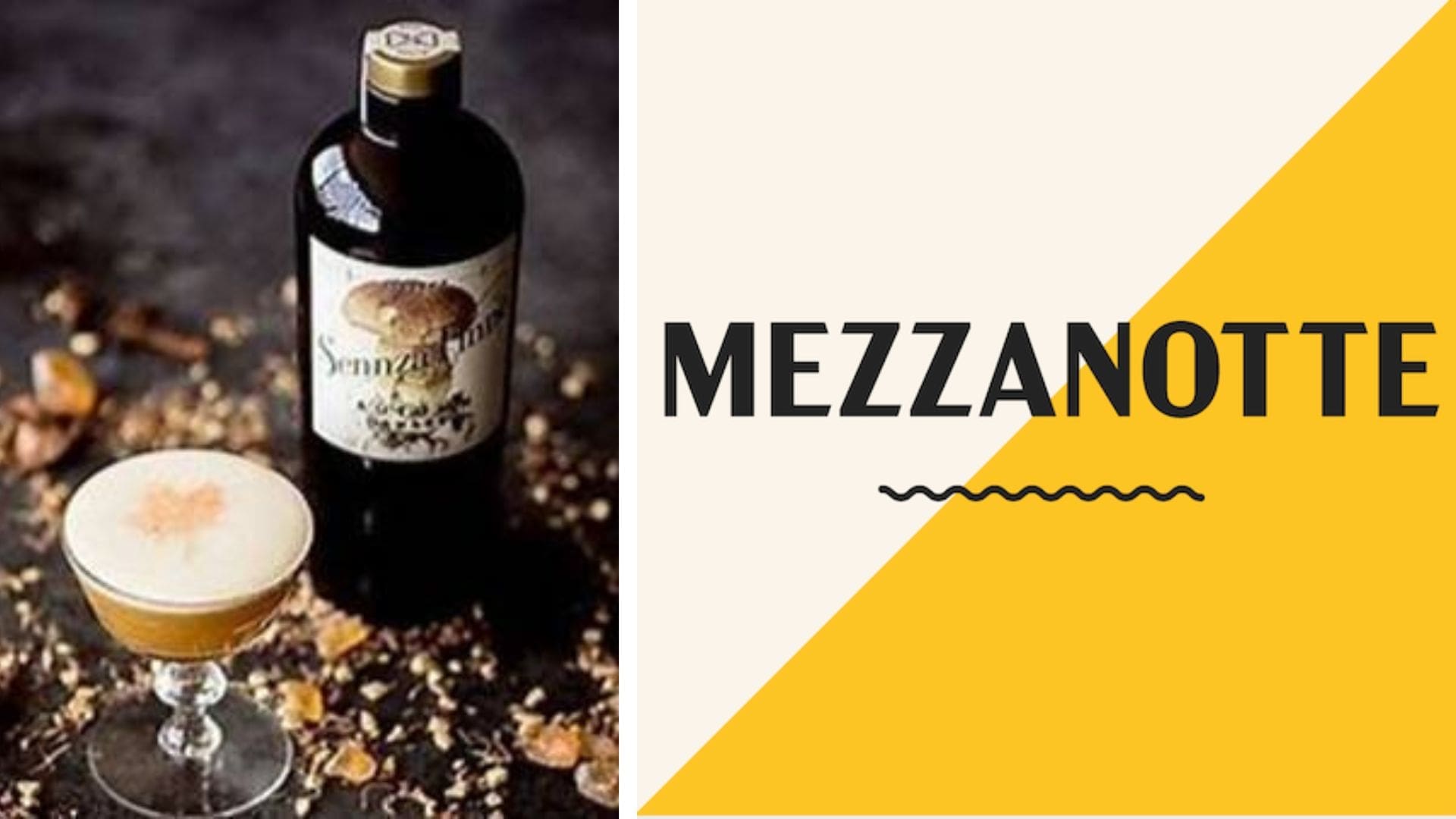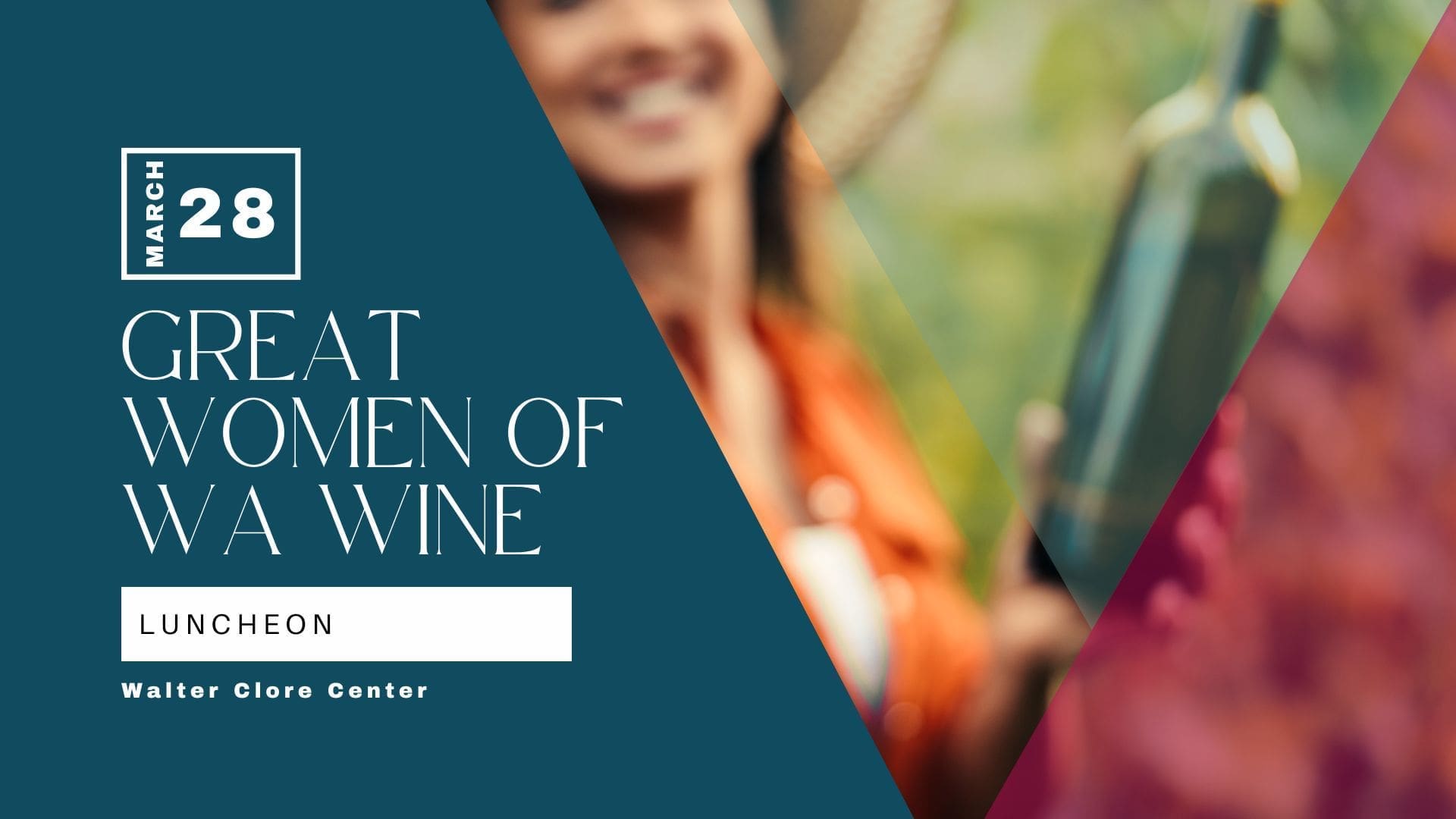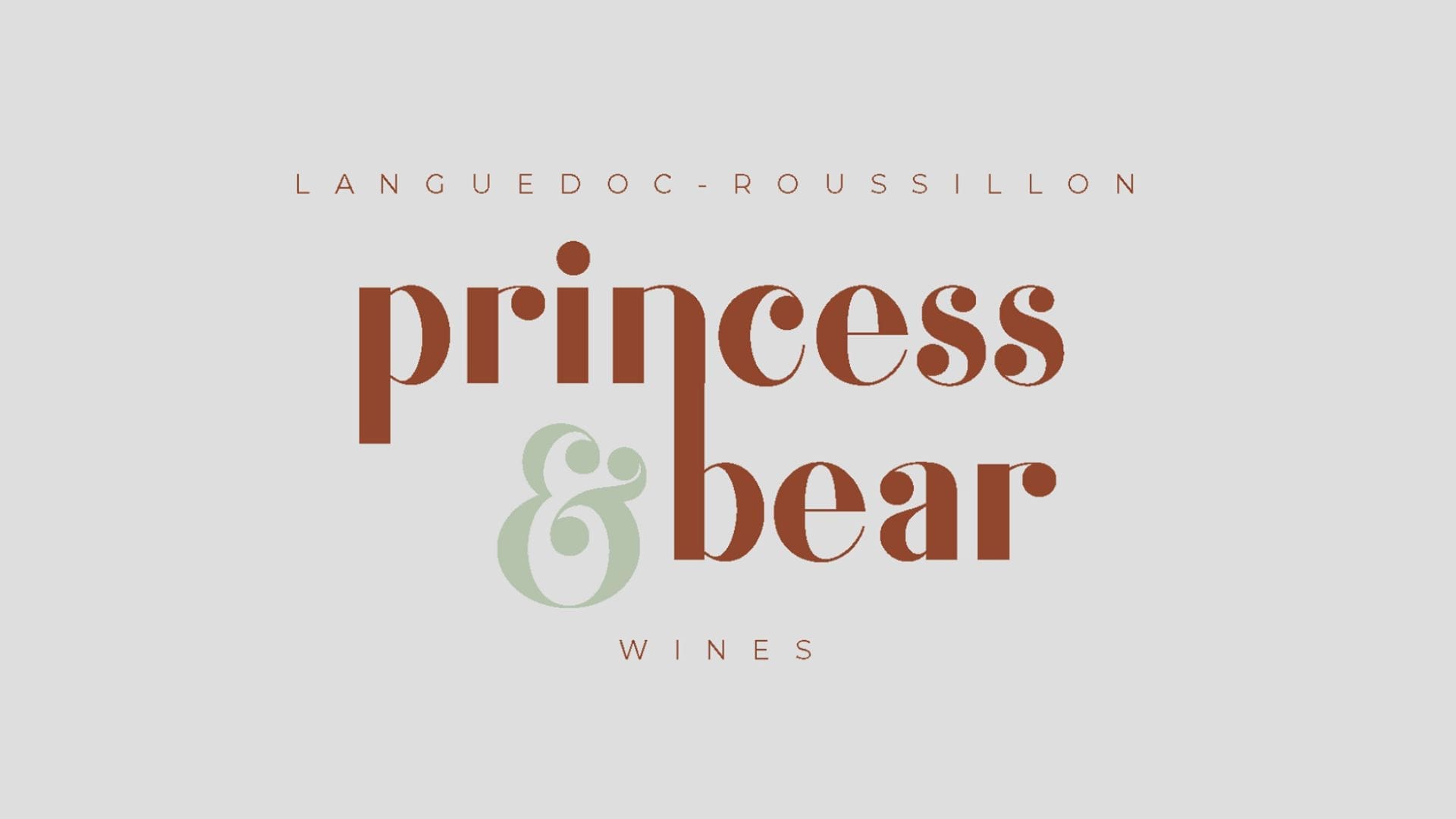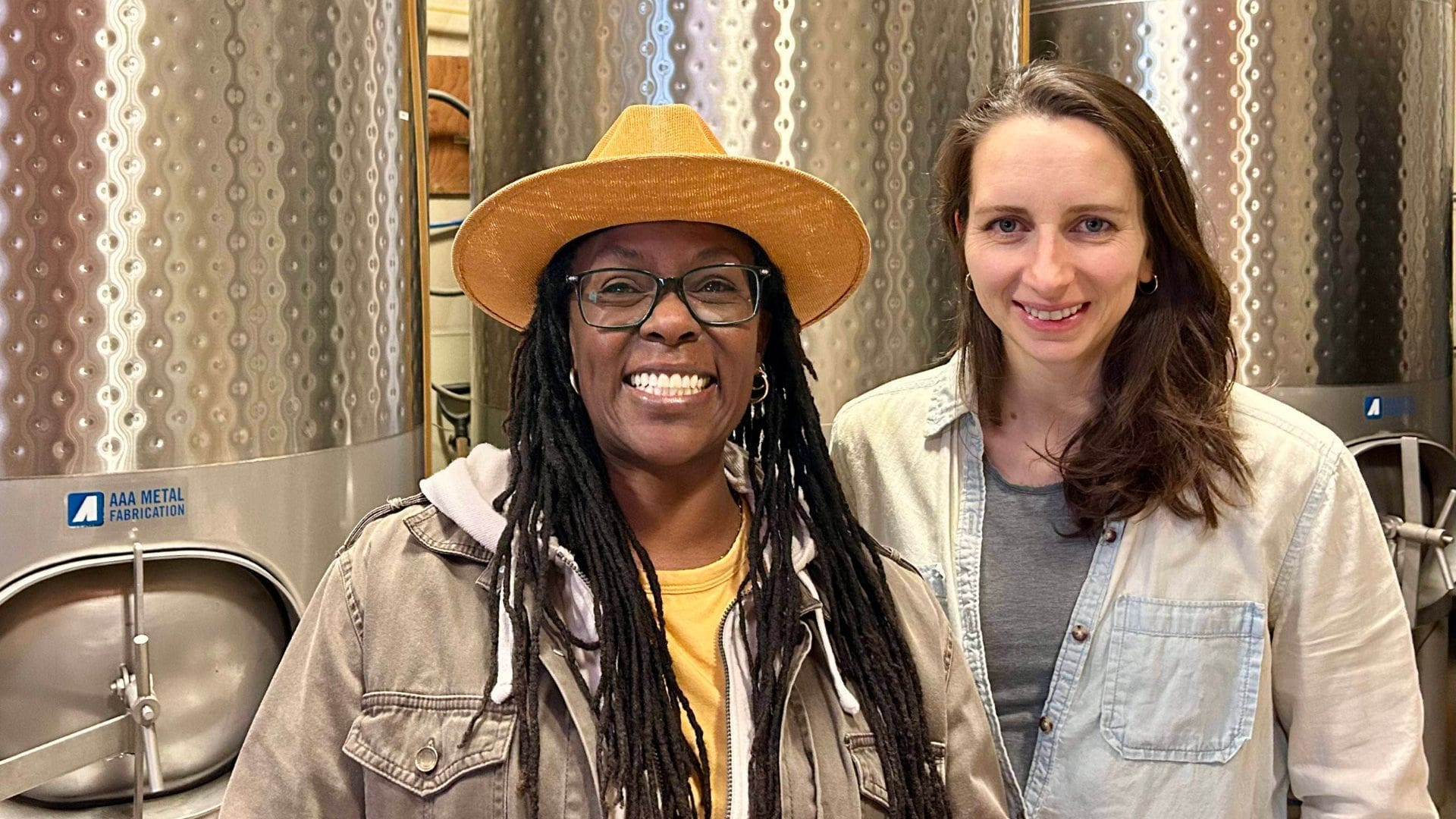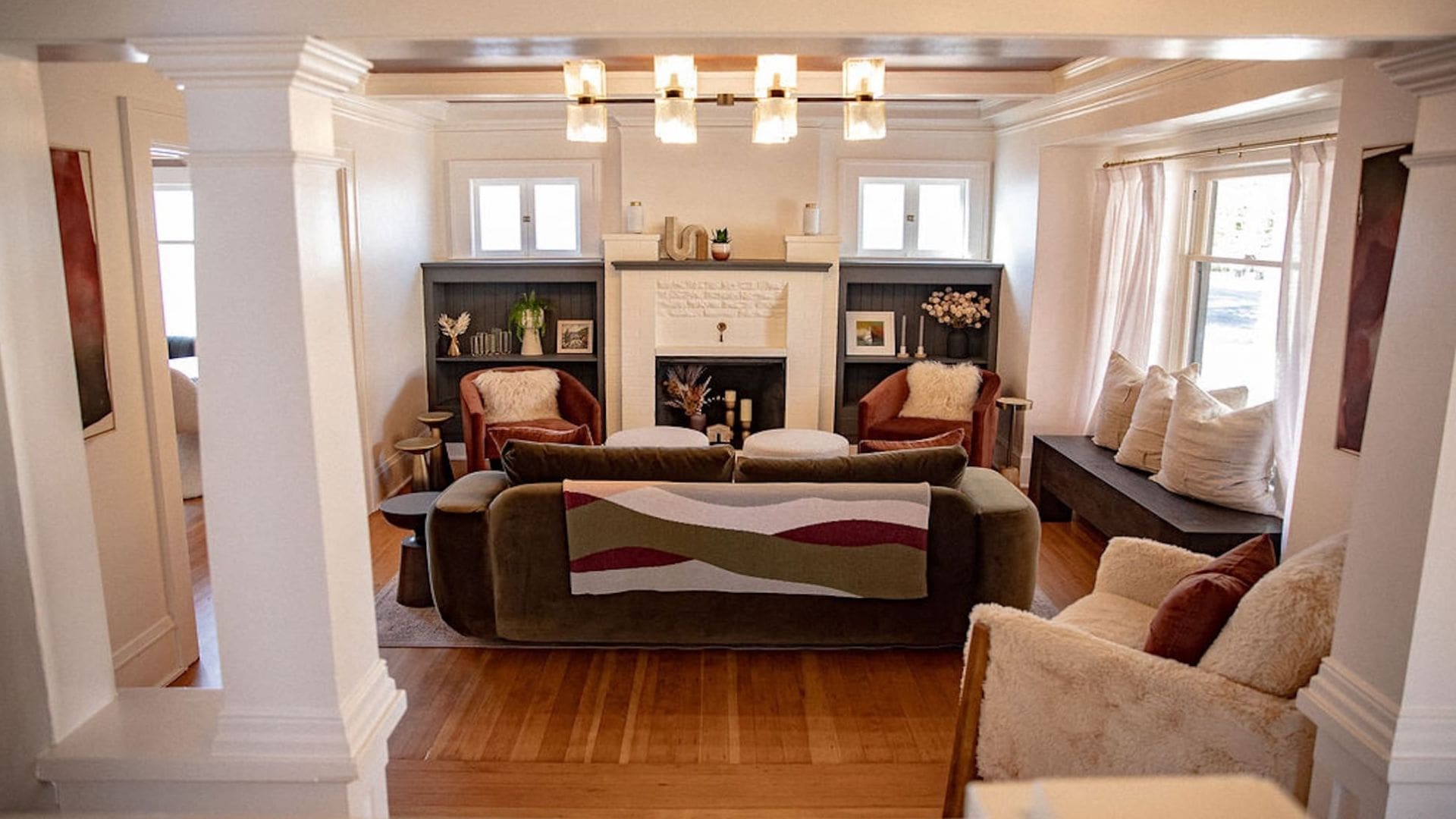Not even a pandemic can pause the progress of wine. Just last September, the Royal Slope joined the ranks of Washington State’s American Viticultural Areas as the 15th wine-growing appellation. Grapes have been grown here since 1983 as part of the greater Columbia Valley and started to appear on the map when a regional wine — Charles Smith 2006 Royal City Syrah — took home 100 points from Wine Enthusiast as the first Syrah from the state to do so.
Wholly contained in the Columbia Valley like many of the state’s AVAs, the Royal Slope is located between the Quincy Basin and the Saddle Mountains, south of the Ancient Lakes AVA and north of the Wahluke Slope AVA. This area consists of ridges and folds in the Columbia River bedrock, featuring low-mountain crests and valleys surrounding Royal City and Othello.
“The Royal Slope turns out to be one of the truly unique geographic features you might fashion an AVA out of,” says Alan Busacca, Ph.D., a soil scientist, geologist – and winemaker. He, along with Richard Rupp, Ph.D., a geographic information systems specialist at Washington State University, wrote the AVA application with local growers. “Because of the Missoula Floods and the wind that moved that flood sediment around, the Royal Slope is an area that sat above the floods while they raged [around it],” Busacca adds.
Busacca describes the region as a “lost world.” When standing upon the Frenchman Hills of the Royal Slope, he says you’ll see how the western edge plummets 1,000-feet into the Columbia River bed valley, how the northside peers out into a giant, flat desert, and how the eastern and southern fringes are vast flood canyons. These attributes make it considerably cooler than the Wahluke Slope to its south and quite a bit warmer than the Ancient Lakes AVA to its north.
“The gem in the middle of that is the Royal Slope, and the dominant plantable part of that hill complex faces south, so most of the sloping lands that have fruit trees and wine grapes are gently tipped toward the sun,” Busacca says, detailing an ideal grape-growing setting. “If you were a painter or a sculptor, the [Royal Slope] was a blank canvas where enterprising people looked at this land and thought, ‘All we need to grow some fabulous crops is some water.’”
Now successfully irrigated, as rainfall only contributes 8-10 inches annually, 13 vineyards and over 20 different varieties across 1,900 acres thrive in what Busacca calls a “beautiful, 30-mile eminently farmable hill.” Here are five wines to sample the region.
Novelty Hill Winery 2016 Merlot, Stillwater Creek Vineyard
First came the vineyard, then came the lauded winemaker, then came the equally award-winning winery. While the family-run vineyard and adjacent winery are nearly synonymous, this Merlot showcases why winemaker Mike Januik is heralded for his touch with the variety. Pure and balanced, perfectly ripe berry fruit bounces off tickling acid and a gentle embrace from tannins. Slightly subdued on its own, this wine takes off when paired with barbecue sauce-slathered chicken. | $16
Helix 2018 Sangiovese, Stillwater Creek Vineyard
The team behind Novelty Hill might have started this farm but the vineyard name pops up often among other makers in Washington State that source its fruit, like in this 100% Sangiovese. A variety of Tuscan heritage known for its minerality and savory qualities, Helix’s rendition stays true to the varietal with a vibrant bouquet of raspberry preserves, tomato leaf, oregano and graphite that translates to the palate. Medium-bodied and clean, soft, earthy tannins and bright acid round out the layered finish. | $30
Sparkman Cellars 2018 Lumiere Chardonnay, Stillwater Creek Vineyard
Breaking up this deep dive of Stillwater Creek Vineyard with a white wine from the site — high-elevation Chardonnay! What that entails: bright acidity, summery fruit notes like white peach and citrus, and mouthfeel balance to an oft-flabby and heavily oaked variety. Lumiere abides by these descriptors, championing that Stillwater’s finest asset might be Chardonnay. The winery recommends pairing with crab cakes and the movie “Harold and Maude.” | $32
Cairdeas 2018 Concrete Syrah, Lawrence Vineyard
This release is sold out at the winery (but available at retailers) for good reason: it’s a singular example of Syrah in raw and rare form. A little tight on aromatics upfront, the nose delivers a clear message of boysenberry, violets and herbs, while juicy raspberry, spices and mineral are coaxed out with time. The acidity is laser sharp, which makes the just-ripe raspberry and raspberry leaf notes pop with purity of fruit and varietal characteristic. As its title states, this Syrah sees no oak — only a concrete egg for maturation that leaves it bright, full-bodied and dynamic. | $58
Baer Winery 2016 Cabernet Franc, Stillwater Creek Vineyard
This Cab Franc is one of the more straightforward and easy-drinking renditions of the herbal Bordeaux variety out there, but don’t take its drinkability for simplicity. The wine is just-vegetal enough for you to know it’s Cab Franc without scaring you away, with ripe brambly fruit and sharp acidity. Very balanced, almost creamy and extremely even keel, pair this with pork chops marked by the grill. | $35







